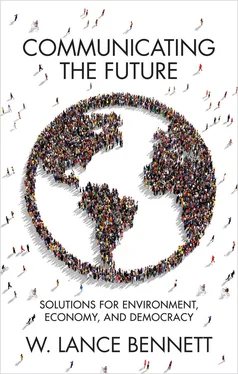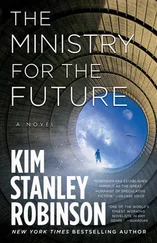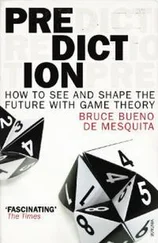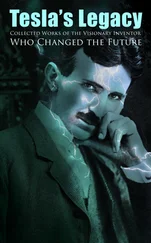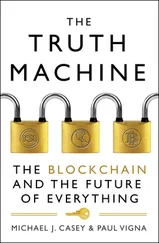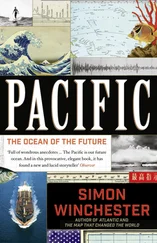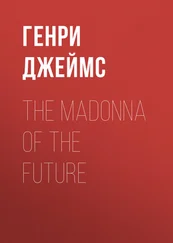Until better coordinated political networks engage publics to spread common ideas about positive change, those visions will be overshadowed by the daily propaganda from business, politicians, and economists who fill the news with economic ideas that turn out to be life threatening. Unless activists, politicians, businesses, political parties, and publics can imagine more sustainable economic models, far less attractive outcomes are likely to result from crisis and disruption. The Covid-19 pandemic revealed both the fragility of global economies, and importance of governments in managing chaos. Instead of waiting for both economy and environment to pull each other down, it seems prudent to offer receptive leaders and parties ideas and policy packages that match the scale and pace of the crisis.
With these political considerations in mind, the core questions guiding this book are: How to better coordinate, define, and scale up the communication of more effective economic and political ideas? and How to create the popular understanding and demand for political uptake required to give those ideas a political chance? Democracies that still merit the name must begin experimenting with other ways to make economies work. And, if they want to be more relevant and effective, mainstream environmental organizations would do well to embrace ideas about economic change. Unless citizens and activists communicate a more widely shared economic vision, it will be difficult to pressure political leaders and parties to embrace policies that will actually make a difference. These communication shifts do not need to occur just on the left. There are also signs that many people on the center right of the political spectrum are open to thinking about environmental economics centered around themes of localism, energy security, support for small businesses, and promoting elements of the good life, such as leisure, family, community, less pollution, better transportation, and improved health. 8The point is that that it is possible to ease partisan divides by challenging the prevailing mindset that economy and environment are competing entities, and instead show that they are best understood as inseparable.
Communicating the Future offers a framework that citizens, advocates, and communication scholars can use to approach complex human problems like the environmental crisis in new ways. Communication has been instrumental in getting us into the current mess, and it can also help us set a different course. Communication for change involves developing techniques to: (a) evaluate common but unproductive communication that blocks thinking about change, (b) develop ideas and narratives that intersect the categories of economic, political, and environmental problems, and (c) design communication processes that help organize and engage diverse publics to demand more effective solutions.
A first step in this journey is to realize that communicating effectively about the future is really about how we communicate about economics and politics now. As many of those sounding the alarms have pointed out, the crisis is already here. Bill McKibben put it well in the title of a commentary called: “Don’t Imagine the Future – It’s Already Here.” 9What this means is that the real problems are embedded in the social, political, and economic institutions that structure our daily lives today. Meaningful change starts with learning to dislodge the categorical thinking that limits the collective imagination. For example, environmental questions might better be framed like this: Assume that we want to protect life quality on the planet, what kinds of economics do we need to adopt, and what do we need to modify? In other words, there is much to gain by translating environmental questions into economic ones. In addition to pointing to more direct solutions for problems, this shift in framing environmental issues has advantages in institutional politics where economic considerations generally take top priority.
Until environmental advocates, funding organizations, citizens, and politicians develop appealing economic visions and the networked organization to spread them, they will continue to lose environmental policy fights to those who simply raise economic anxieties. Learning to communicate at the intersection of environment, economy, and politics entails recognizing that communication is more than just framing and exchanging messages to promote specific issues or campaigns. Communication is most powerful when ideas are produced and packaged so that they can travel over different social networks and flow into popular narratives about who we are and how we want to live.
1 1 Greta Thunberg, “‘You Did Not Act in Time.’ Greta Thunberg’s Full Speech to MPs,” Guardian, April 23, 2019. https://www.theguardian.com/environment/2019/apr/23/greta-thunberg-full-speech-to-mps-you-did-not-act-in-time
2 2 Matthew Taylor, Libby Brooks, and Arthur Nelson, “Youth Climate Strikes Take Place in More than 100 countries,” Guardian, March 14, 2019. https://www.theguardian.com/education/2019/mar/14/youth-climate-strikes-to-take-place-in-almost-100-countries-greta-thunberg
3 3 “Environmental Protection vs. Economic Growth,” Gallup Poll (2018). https://news.gallup.com/poll/1615/environment.aspx
4 4 Graeme Maxton and Jorgen Randers. Reinventing Prosperity: Managing Economic Growth to Reduce Unemployment, Inequality and Climate Change (Greystone Books, 2016).
5 5 James K. Galbraith, “The Unsustainability of Inequality,” Project Syndicate, August 23, 2019. https://www.project-syndicate.org/onpoint/the-unsustainability-of-inequality-by-james-k--galbraith-2019-08?barrier=accesspaylog
6 6 Ibid.
7 7 See Guy Standing, The Precariat: The New Dangerous Class (London: Bloomsbury, 2014)
8 8 Adam Corner, “A new Conversation with the Center Right about Climate Change: Values, Frames, and Narratives,” Climate Outreach and Information Network, June 13, 2013. https://e-voice.org.uk/kef/about/view/useful-information/conversing-climate-change.pdf
9 9 Bill McKibben, “Don’t Imagine the Future – It’s Already Here,” Organization, 20 (5), 2013, 745–747.
Communicating the Future is based on the idea that communication is more than just sending and receiving messages. Ideas, and how we develop and spread them, constitute the social, economic, and political networks that are integral to how we organize and change our lives. This book explores how these communication processes work, and how citizens and organizations can communicate differently to replace current economic and political practices based on ideas that function poorly for people and planet. This does not mean that positive change can occur overnight, but there is hope in using communication to develop and guide manageable transitions away from the economics and politics that currently threaten life on the planet. This book also shows how the dysfunctional economic ideas that still dominate our lives gained such dominance, and how we can think and act differently about the future.
Chapter 1presents a set of basic communication concepts and exercises that help decode frequently encountered, but unhelpful, arguments about environment, economy, and politics that circulate through legacy and social media. Following these warmup exercises, Chapter 1introduces a model of how ideas that make an impact tend to travel or flow in society. This idea-flow model introduces transformative communication in society as a process that involves: (1) coordinated development and production of ideas, with illustrations ranging from crowd production to more industrial models utilizing think tanks, strategic communication campaigns, and political organizations, (2) effective packaging of ideas using creative categorization, framing, narration, emotional cuing, and easy breakdown into memes and story elements that travel over different networks, (3) strategies for better network alignment for sharing ideas among diverse stakeholders such as business interests, civil-society organizations, publics, and parties, resulting in (4) unified movements positioning ideas for political uptake by pressurizing political leaders and parties when opportunities arise.
Читать дальше
